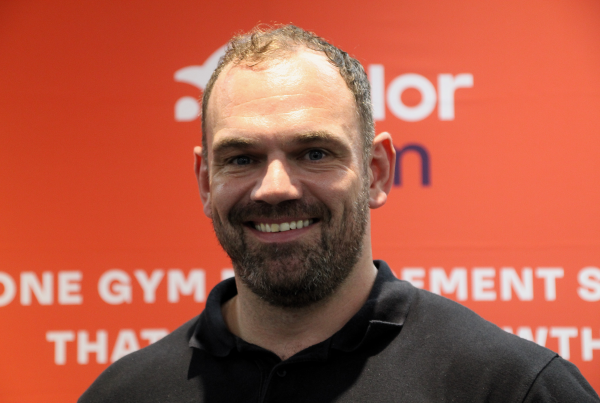In this blog from ukactive Strategic Partner, Quoox CEO, Chris Windram explains how large clubs and independent gyms can learn from each other’s strengths to support the growth of the sector.
There are an estimated 4,460 private health and fitness clubs in the UK and a similar number of independent, boutique training gyms. These facilities serve approximately 11 million people and 16% of the UK population with gym memberships. With ukactive’s Vision 2030 strategy setting out an ambition for this to rise to more than 20% by 2030, the opportunity within the sector is significant.
Innovation and growth within large clubs and independent boutique spaces across the physical activity sector has been considerable. While both broadly target the same audience, each has a distinct demographic and limited commercial competition. Nevertheless, engagement between the two groups is relatively limited, but there is much each could learn from the other. After all, there is room for everyone in the fitness industry.
Starting with technology and how its effective use within the fitness sector is imperative.
As evident from ukactive’s Active Uprising event, for the “big box” clubs, data harvesting and analysis is now a core part of their business – enabling them to provide an elevated service to a large customer base and facilitating more intelligent decision-making. Similarly, the right technology for smaller, independent facilities enables a lean team to deliver premium service and value-added content. Most agree that technology is the way forward in our sector, offering a strategic advantage in delivering superior customer experiences and operational excellence.
Small Group Personal Training (SGPT) gyms have often been quicker to jump on technology trends, though with mixed results. Unlike the big boxes that adopt slowly, focusing on strategic success. Is it their vast access to resources, or do they wait to see the independent results that make them more successful? Wearable tech is one example that springs to mind.
Independents have embraced wearable tech, but it was rarely integrated into a unified programming regime, and some subsequently backed away. Conversely, Myzone screens are now commonplace at many of the big chains. Beyond building community and member motivation, the trackers are valuable data sources that can further elevate client results and satisfaction as part of a broader vision. Many boutique facilities would benefit from integrating technology more deeply into their core product offerings and understanding the gains for members and facility business growth.
Sharing knowledge about the pivot from fitness to wellness
Overseen by management teams with more diverse corporate backgrounds can assist these larger clubs to traditionally have more successful business operations. This is especially true within the pivot from “fitness” to “wellness” and is something these larger clubs have achieved relatively smoothly.
However, many smaller independents, stereotypically operated by a former athlete/PT, have historically attracted a strength-centric clientele. An exemplary illustration of this strategy is observed in independent gyms that cater to a niche audience pursuing milestones through fitness events (Turf games, Hyrox, etc). However, particularly with newcomers into the independent sector, this is starting to evolve. Services built around a wider age group, embracing wellbeing and body positivity, are being well received – reaching a broader audience. This suggests that there may be a perfect blend between the approaches of large clubs and independents where each can create a non-intimidating environment for fitness challenges and wellness journeys.
Looking after our members is key
Moving on to client care, independents often have a better reputation. Obviously, boutique facilities have the advantage of premium prices funding their premium service. However, they tend to be excellent at building strong communities, and most excel at delivering a higher level of personalised service. As the NHS and other cornerstones of health reach breaking point, the excellent service, and safe environments our sector provides will continue to be ever more critical and in demand. When we rely on social prescribing, both our sectors should come together for the public to embrace health and wellness journeys.
As important initiatives and discussions are underway regarding the evolution of our industry and the language we use, I vehemently believe that substantial benefits can arise from greater collaboration between larger clubs and smaller boutiques. The ukactive team work tirelessly in support of our industry. I am hopeful that, over time, we shall see a more significant percentage of the boutique sector engaging with their initiatives.
To learn more about Quoox click here.
Quoox is a member of the ukactive Strategic Partner Group – find out more here.
Disclaimer: Any views or opinions expressed are solely those of the author and do not necessarily represent those of ukactive.

More People More Active More Often




